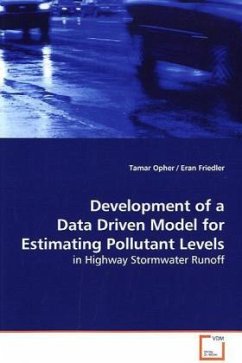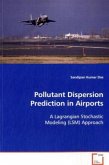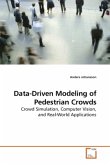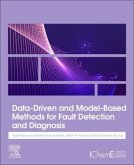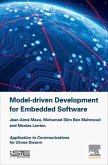Pollutants accumulated on roads during dry periods
are washed off the surface during rainfall events,
presenting a potentially hazardous non-point
pollution source. Estimation of pollutant loads in
these runoff waters is required for developing
mitigation strategies, yet the numerous factors
involved and their complex interconnected influences
make straightforward assessment impossible. Data
driven models are especially suitable for this task.
The book starts with a review of pollutants in
highway runoff and their environmental effects,
followed by an account of the sources of these
pollutants and the factors affecting their
concentrations. The second part describes the
development and implementation of a coupled MT-GA
(Model Tree - Genetic Algorithm) model for the
prediction of event mean concentrations of selected
highway runoff pollutants. At first MT and GA
approaches are described and the development of the
coupled MT-GA model is portrayed. Finally the model's
performance is evaluated and compared with literature
results and sensitivity analysis is performed to
examine the relative significance of the influencing
factors and the model s response to changes in input
values.
are washed off the surface during rainfall events,
presenting a potentially hazardous non-point
pollution source. Estimation of pollutant loads in
these runoff waters is required for developing
mitigation strategies, yet the numerous factors
involved and their complex interconnected influences
make straightforward assessment impossible. Data
driven models are especially suitable for this task.
The book starts with a review of pollutants in
highway runoff and their environmental effects,
followed by an account of the sources of these
pollutants and the factors affecting their
concentrations. The second part describes the
development and implementation of a coupled MT-GA
(Model Tree - Genetic Algorithm) model for the
prediction of event mean concentrations of selected
highway runoff pollutants. At first MT and GA
approaches are described and the development of the
coupled MT-GA model is portrayed. Finally the model's
performance is evaluated and compared with literature
results and sensitivity analysis is performed to
examine the relative significance of the influencing
factors and the model s response to changes in input
values.

